Growing Focus on Resource Recovery
The increasing emphasis on resource recovery from waste is driving the Industrial Sludge Dewatering Equipment Market. Industries are recognizing the potential of dewatered sludge as a resource for energy generation, fertilizers, and other valuable materials. This shift towards a circular economy is prompting investments in technologies that facilitate the recovery of resources from sludge. As a result, the demand for efficient dewatering equipment is likely to rise, as it plays a pivotal role in maximizing resource recovery. This trend aligns with The Industrial Sludge Dewatering Equipment Industry.
Stringent Environmental Regulations
Regulatory frameworks aimed at minimizing environmental impact are significantly influencing the Industrial Sludge Dewatering Equipment Market. Governments worldwide are implementing stringent regulations regarding sludge disposal and treatment, compelling industries to adopt advanced dewatering solutions. For instance, the European Union's Waste Framework Directive mandates that member states reduce landfill disposal of sludge, thereby driving the demand for efficient dewatering technologies. This regulatory landscape not only fosters compliance but also encourages the adoption of innovative equipment, propelling the growth of the Industrial Sludge Dewatering Equipment Market.
Increasing Wastewater Treatment Needs
The rising demand for effective wastewater treatment solutions is a primary driver for the Industrial Sludge Dewatering Equipment Market. As urbanization accelerates, municipalities and industries face mounting pressure to manage wastewater efficiently. According to recent data, The Industrial Sludge Dewatering Equipment Market is projected to reach USD 500 billion by 2026, indicating a substantial growth trajectory. This surge necessitates advanced dewatering technologies to reduce sludge volume and enhance treatment efficiency. Consequently, the Industrial Sludge Dewatering Equipment Market is likely to experience increased investments and innovations to meet these evolving needs.
Rising Industrialization and Urbanization
The ongoing trends of industrialization and urbanization are key drivers of the Industrial Sludge Dewatering Equipment Market. As industries expand and urban areas grow, the volume of sludge generated from various processes increases. This escalation necessitates effective dewatering solutions to manage sludge efficiently and sustainably. Data indicates that urban populations are expected to reach 68% by 2050, further intensifying the demand for wastewater treatment and sludge management solutions. Consequently, the Industrial Sludge Dewatering Equipment Market is poised for growth as industries seek to address these challenges through advanced dewatering technologies.
Technological Innovations in Dewatering Processes
Technological advancements play a crucial role in shaping the Industrial Sludge Dewatering Equipment Market. Innovations such as centrifuges, belt filter presses, and membrane filtration systems are enhancing the efficiency and effectiveness of sludge dewatering processes. These technologies enable industries to achieve higher solid content and lower moisture levels in dewatered sludge, thereby reducing disposal costs. The market for these advanced technologies is expected to grow, with estimates suggesting a compound annual growth rate of 6% through 2027. This trend indicates a robust demand for cutting-edge solutions within the Industrial Sludge Dewatering Equipment Market.




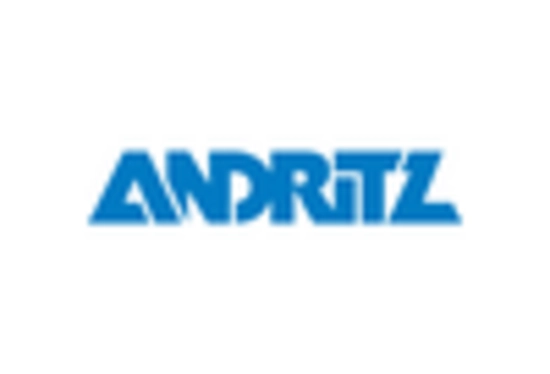
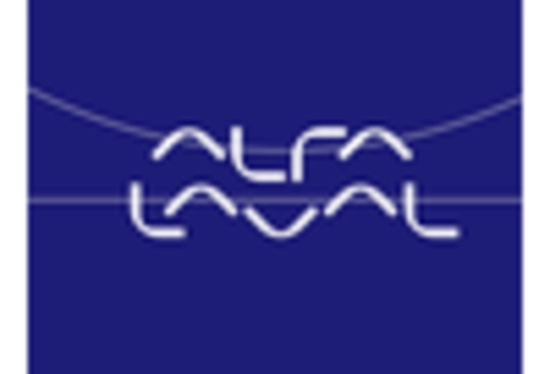
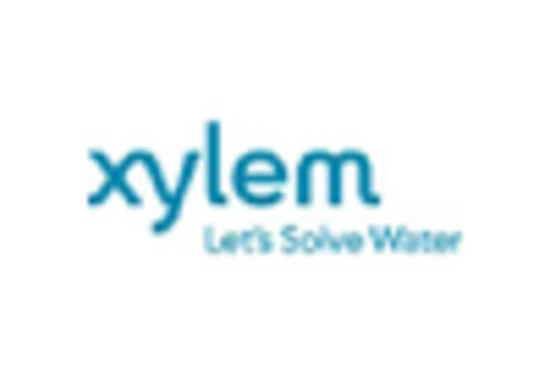
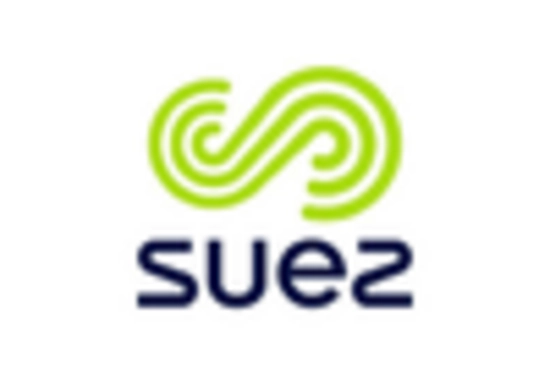
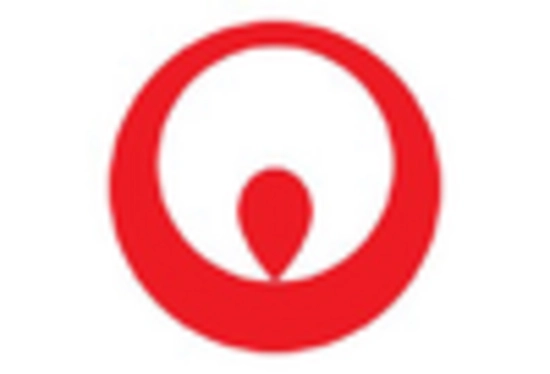









Leave a Comment